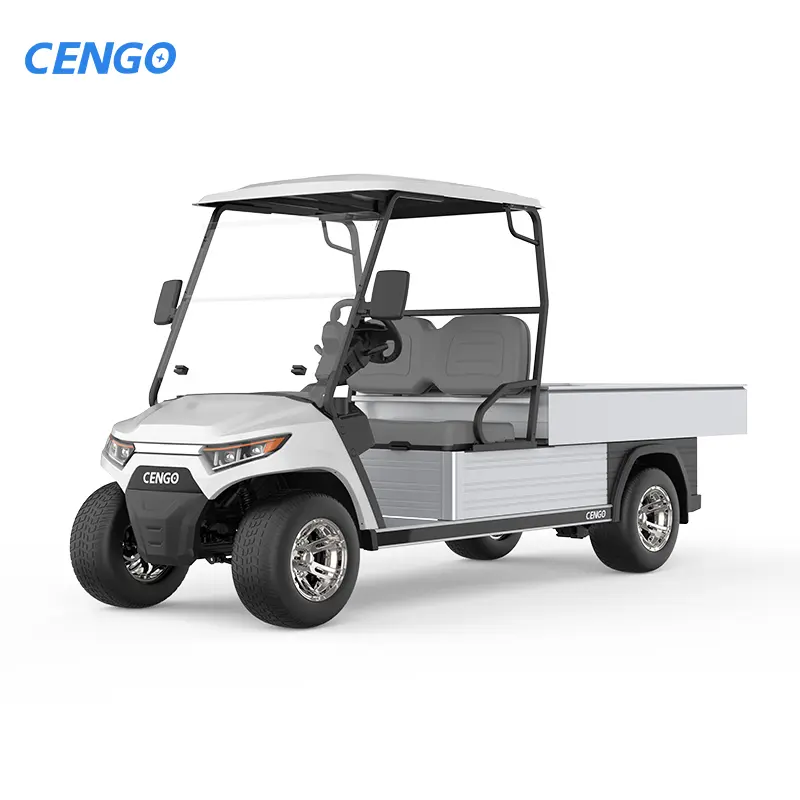In recent years, the agricultural sector has seen a significant shift towards sustainable and efficient farming practices. One of the most notable trends is the increasing popularity of electric farm utility vehicle, including electric golf carts. These vehicles offer numerous benefits, such as lower operational costs, reduced environmental impact, and quieter operation. However, as with any machinery, concerns about maintenance and repair arise. This article delves into the ease of repair for electric golf carts used on farms, addressing common issues and solutions.
Understanding the Components of Electric Farm Utility Vehicles
Electric golf carts are equipped with a variety of components that work together to provide reliable performance on farms. Key parts include the electric motor, battery system, controller, and drivetrain. Understanding these components is crucial for assessing repair needs.
The simplicity of electric systems can be an advantage. Unlike traditional gas-powered vehicles, electric carts have fewer moving parts, which often translates to lower maintenance requirements. For instance, there are no oil changes, fuel filters, or spark plugs to worry about, which can significantly reduce the time and costs associated with repairs.
However, when repairs are needed, it’s essential to have access to the right tools and knowledge. Many manufacturers provide detailed manuals and online resources, enabling farmers to troubleshoot common issues. Additionally, local agricultural equipment dealers often offer support and replacement parts, making it easier to address problems as they arise.
Common Repair Issues and Solutions
While electric golf carts are generally reliable, several common issues may arise during their use on farms. Battery maintenance is a primary concern; batteries need to be charged regularly and may require replacement every few years, depending on usage and care. Farmers should invest in high-quality batteries and follow best practices for charging and maintenance to extend their lifespan.
Another potential issue is related to the electric motor and controller. Although these components are typically robust, they can experience wear over time. Signs of trouble may include decreased power or unusual noises. Regular inspections and prompt attention to any warning signs can help prevent more significant problems. Many repairs can be performed by knowledgeable operators or local mechanics familiar with electric vehicles, providing peace of mind.
Conclusion
Electric golf carts are proving to be valuable assets for modern farming operations, offering a range of benefits from efficiency to sustainability. While they are generally easy to repair due to their simpler design and fewer components, understanding the common issues and solutions is crucial for ensuring their longevity and reliability. With proper maintenance and access to resources, farmers can enjoy the advantages of electric farm utility vehicles while minimizing downtime and repair costs. As the agricultural landscape continues to evolve, embracing these innovative vehicles can lead to a more productive and environmentally friendly future.
Post time: Sep-13-2025




